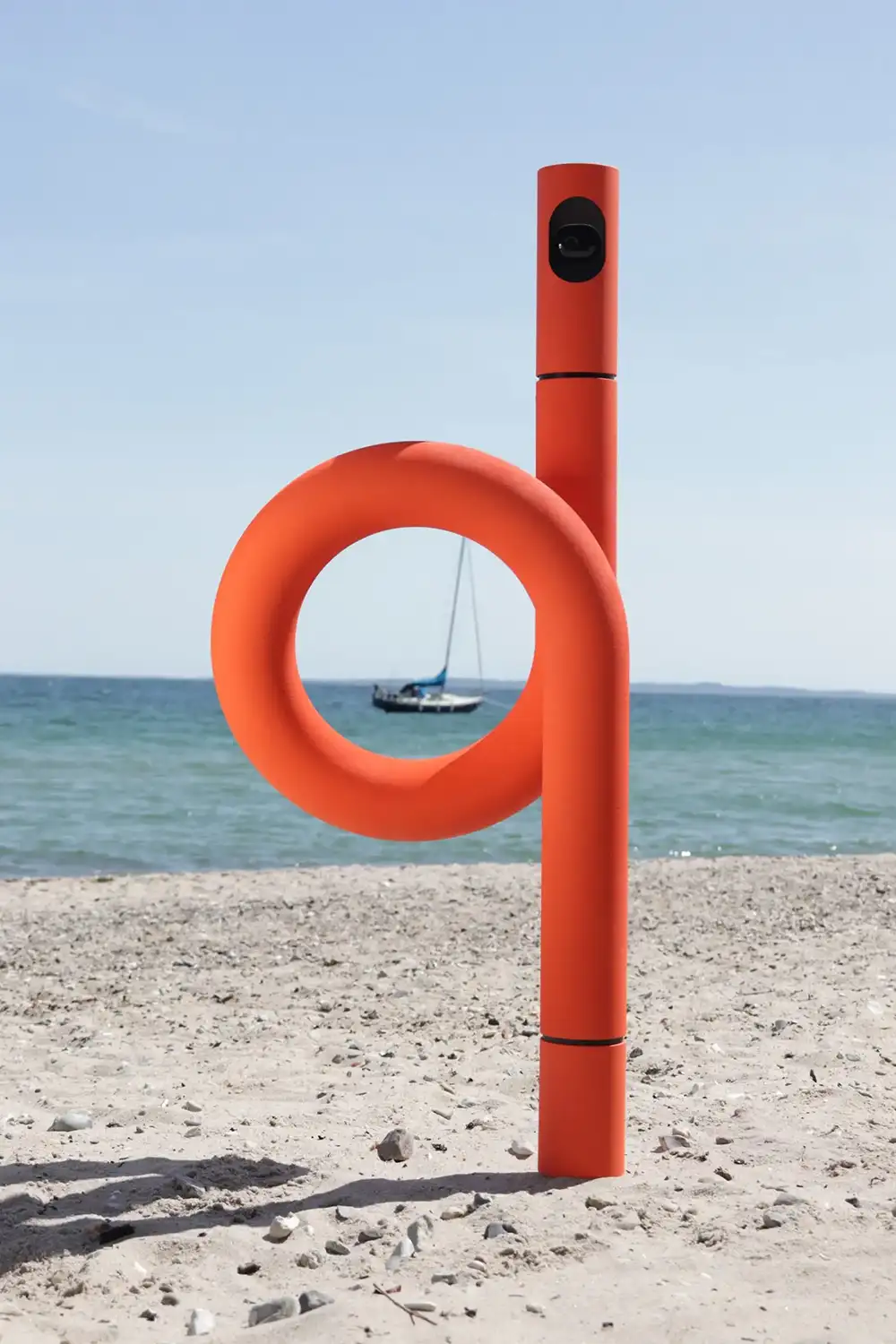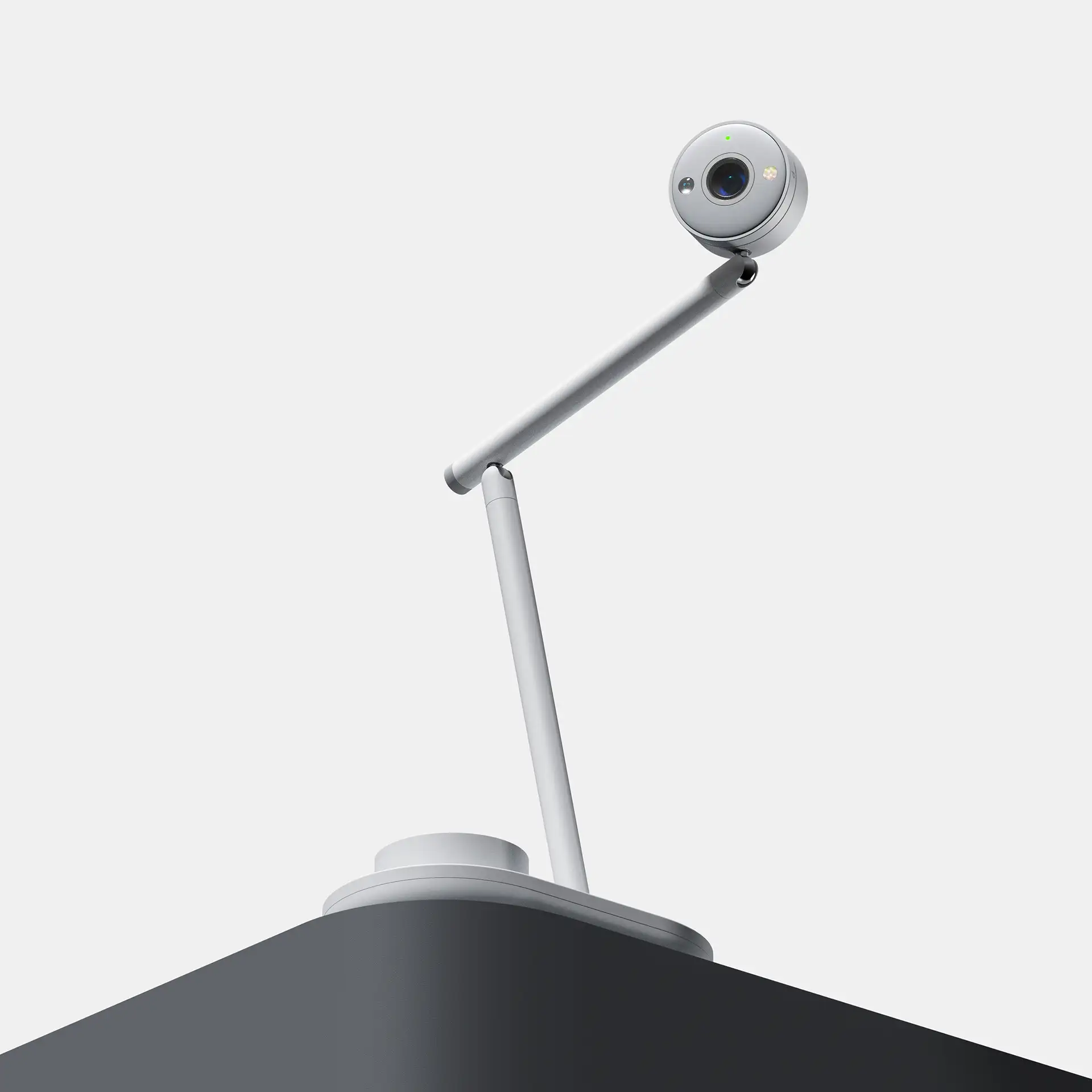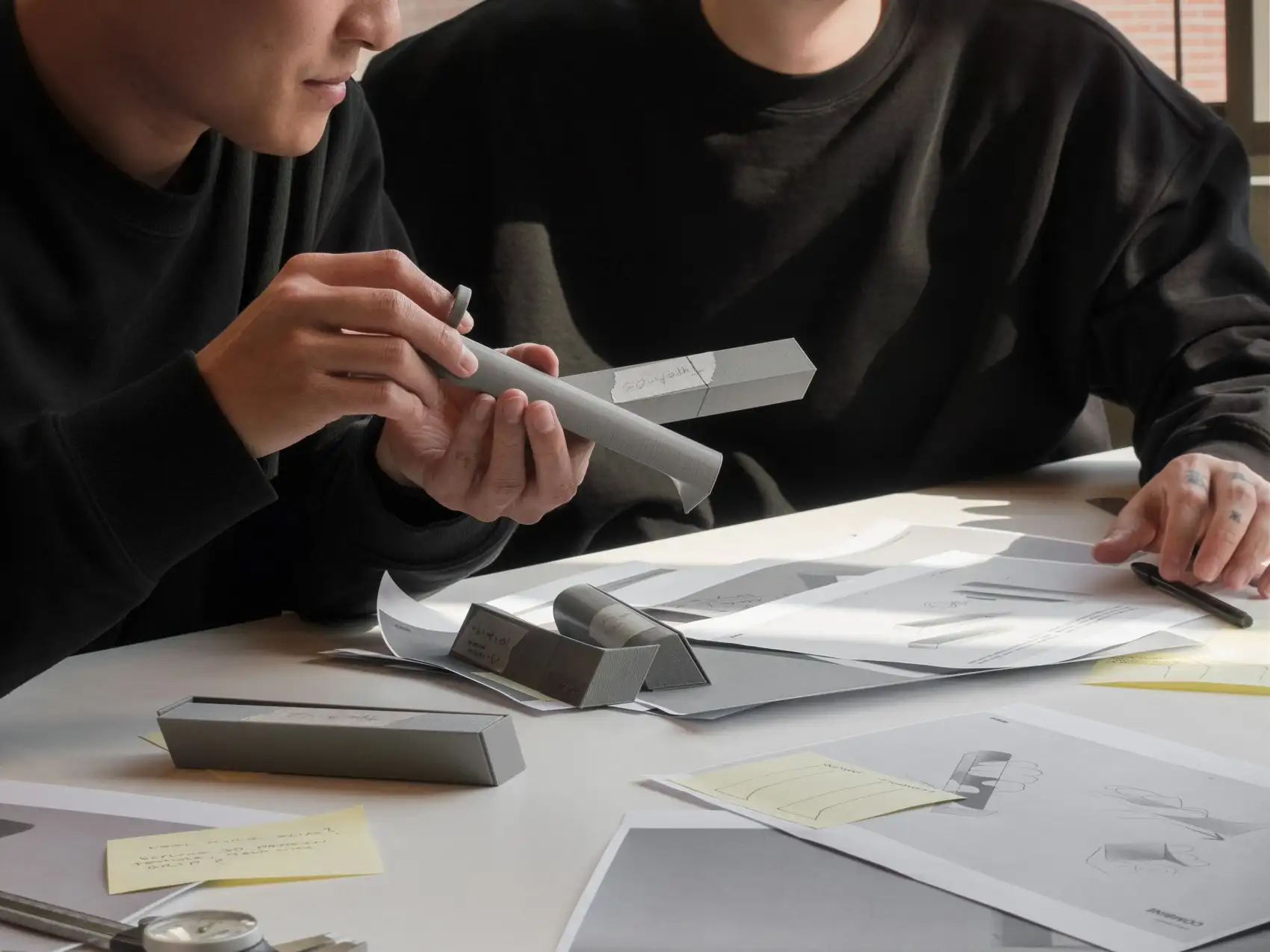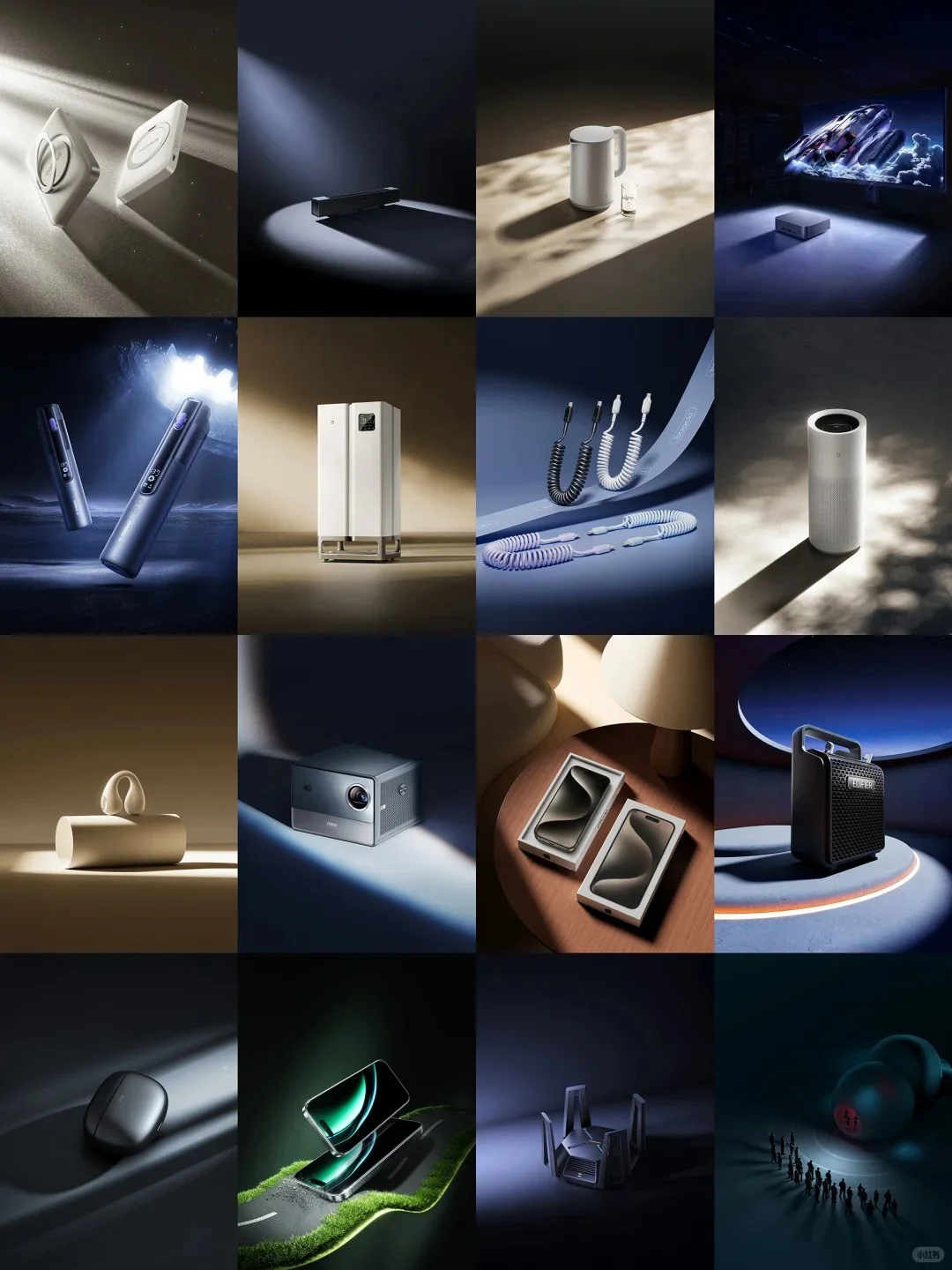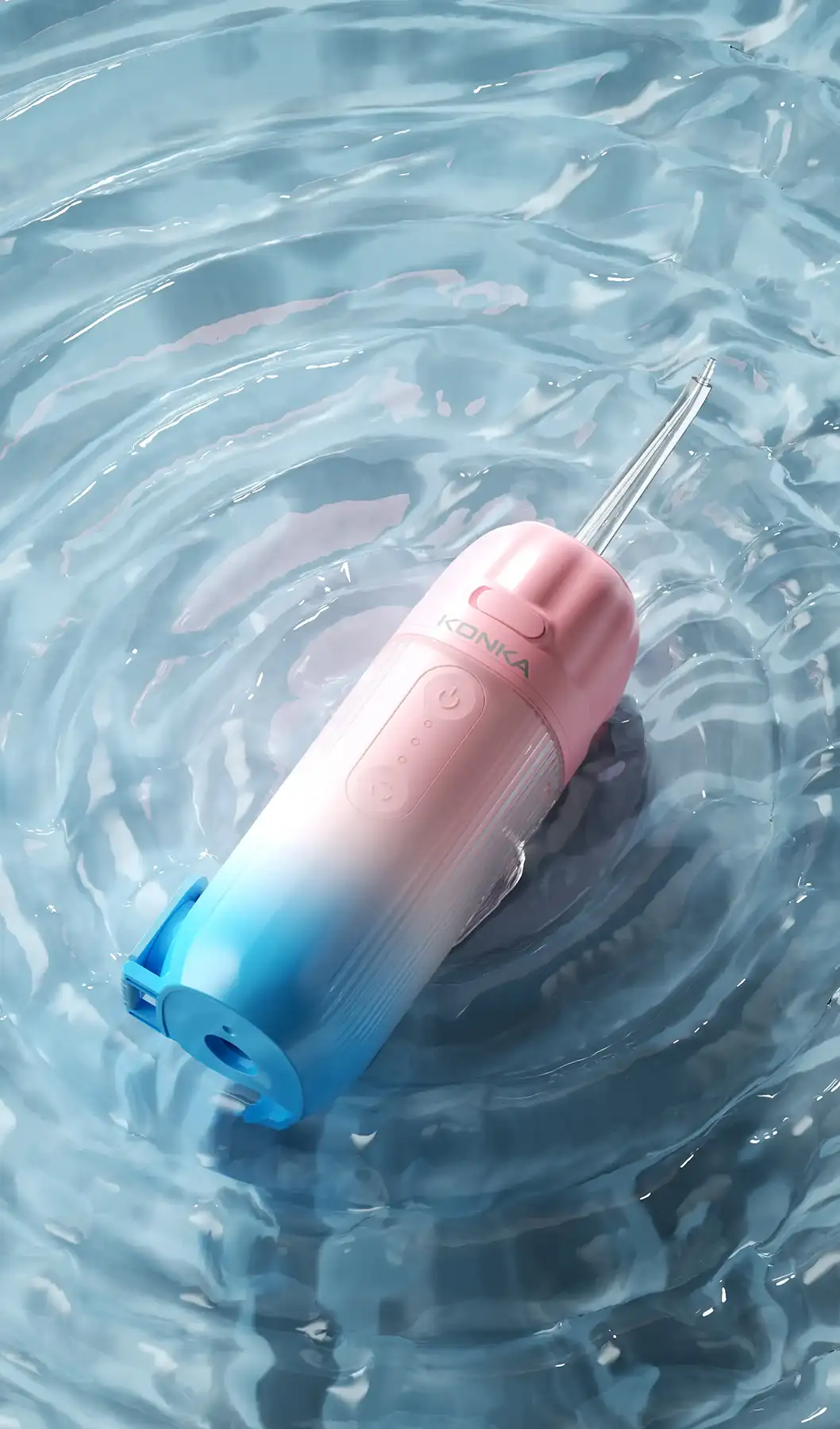NINEIDEA:中国工业设计教育在过去的三十年间经历了迅猛的发展,从最初依附于机械工程或艺术设计,到今天已成为一个交叉性极强的独立学科。在“中国制造”向“中国创造”转型的国家战略背景下,工业设计院校正经历着深刻的自我变革,呈现出多元融合、机遇与挑战并存的鲜明特征。
一、多元化的院校格局与教学侧重
国内开设工业设计(及相关产品设计)专业的院校主要可分为三大类,各有侧重,形成了丰富的人才培养谱系。
- 1. 传统工科强校: 以清华大学、上海交通大学、浙江大学等为代表。这些院校的工业设计多源于机械工程或计算机学科,优势在于严谨的工程逻辑、先进制造技术(如智能制造、机器人)的融合以及对产品功能、结构、可用性的深入研究。培养的学生逻辑性强,技术扎实,善于解决复杂的工程问题。
- 2. 美术与艺术类院校: 以中央美术学院、中国美术学院、广州美术学院等“八大美院”为核心。它们强调产品的美学价值、造型能力、艺术感知力与社会文化批判。教学注重手绘、模型制作和概念发散,培养的学生往往具有强烈的视觉表现力和前沿的设计观念,在CMF(色彩、材料、工艺)探索上尤为突出。
- 3. 综合性与地方院校: 包括众多综合性大学和地方理工科院校。它们试图在工科与艺术之间寻找平衡,教学方向常与地方产业特色紧密结合(如广东院校聚焦电子产品,浙江院校关注家居用品),更注重设计的商业化应用和就业导向,培养适应区域经济发展的应用型人才。
这种多元化格局为学生提供了多样化的选择,但也导致了毕业生能力模型的显著差异。

二、教学理念的融合与迭代
当前,领先的院校正在积极推动教学理念的升级,核心趋势是 “从技能传授到系统思维”的转变。
- 交叉融合成为核心: 单纯的“画图”和“建模”已不再是教学重点。取而代之的是对设计思维、用户研究、交互设计、服务设计、商业模式等系统性方法的强调。课程设置上,与商学院、软件学院、社会科学院的跨学科合作项目越来越多。
- 与产业前沿紧密对接: 院校积极引入企业真实课题、举办工作坊、建立校企联合实验室。关注点从传统的硬件产品,扩展到智能硬件、用户体验、可持续设计、社会创新等前沿领域。学生对AI、IoT等新技术的应用能力成为新的考核点。
- 国际视野与本土实践并重: 通过国际联合教学、引进海外师资、鼓励学生参与国际竞赛(如红点、IF),拓宽学生的视野。同时,也越来越注重挖掘本土文化资源,思考如何用现代设计语言诠释中国文化,解决中国社会的具体问题。
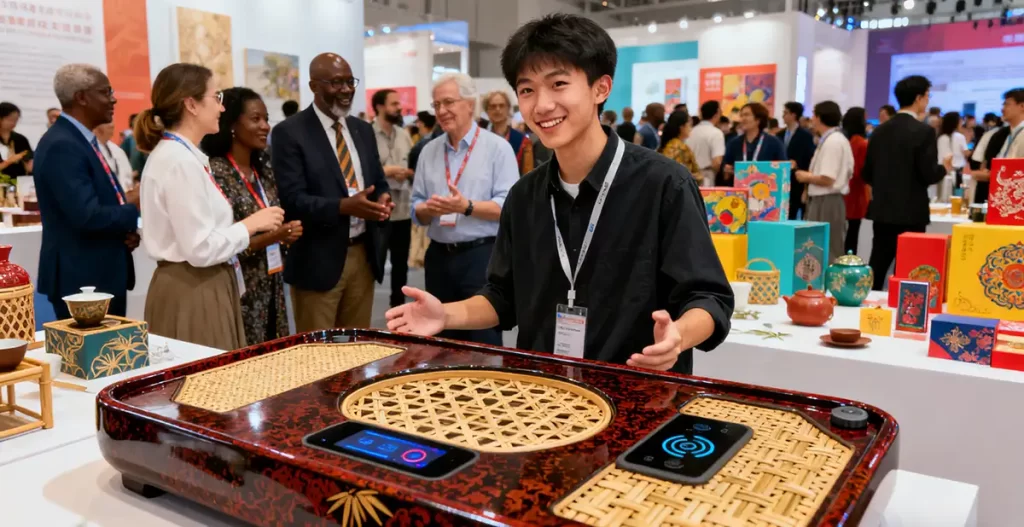
三、面临的挑战与未来方向
尽管成绩斐然,但挑战依然严峻。
- 基础教育与产业脱节: 部分院校课程更新缓慢,教学内容和软件技能滞后于行业发展速度,导致毕业生需要较长时间适应企业需求。
- 师资结构的局限性: 许多教师缺乏长期、一线的工业设计实践经验,教学可能偏重于理论或艺术表现,而对工程实现、成本控制、供应链管理等商业现实触及不深。
- 同质化竞争与评价体系: 众多院校开设同类专业,导致人才培养同质化。同时,以获奖为导向的评价体系,有时会偏离解决真实问题的设计本质。
面向未来,中国工业设计教育需要在以下方面继续深化:
- 强化“大设计”观: 培养学生从供应链、制造、营销到回收的全生命周期设计思维。
- 拥抱科技变革: 将AI辅助设计、数字化原型等工具深度融入课程。
- 深化产教融合: 建立更灵活、更深入的企业导师和项目合作机制。
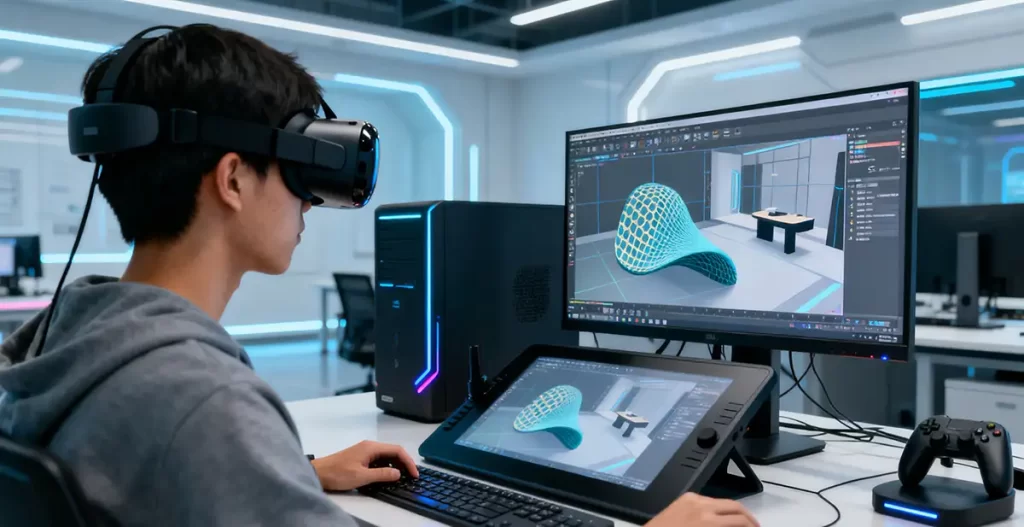
结论
中国的工业设计教育正处在一个充满活力的转型期。它不再是一个单一的学科,而是一个连接艺术、技术、商业和社会的创新平台。虽然前路挑战不少,但多元化的院校生态、不断融合的教学理念以及对时代脉搏的敏锐把握,正推动着一代代设计新人走向成熟,为他们未来赋能产业升级、创造美好生活奠定了坚实的基础。
@NINEIDEA九号创新 www.nineidea.com
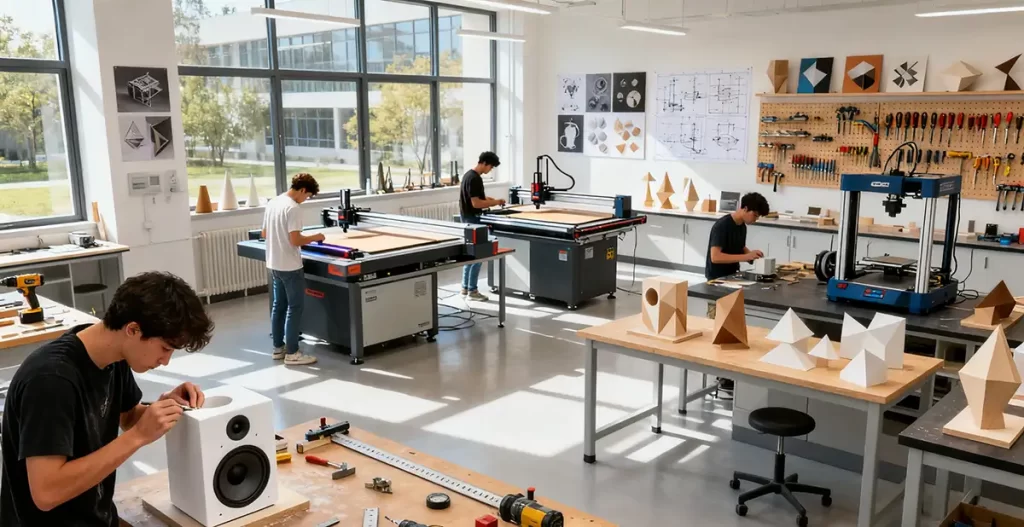
Diversity, Integration, and Challenges: Observation of the Current Situation of Industrial Design Education in China
NINEIDEA: China’s industrial design education has experienced rapid development in the past three decades. From the initial attachment to mechanical engineering or art design, it has become an independent subject with strong cross cutting. Against the backdrop of the national strategy of transitioning from “Made in China” to “Created in China”, industrial design institutes are undergoing profound self transformation, presenting distinct characteristics of diverse integration, opportunities, and challenges.
1、 Diversified institutional structure and teaching focus
Domestic institutions offering industrial design (and related product design) majors can be mainly divided into three categories, each with its own emphasis, forming a rich talent cultivation spectrum.
- Traditional engineering strong schools: represented by Tsinghua University, Shanghai Jiao Tong University, Zhejiang University, etc. The industrial design of these universities is mostly derived from mechanical engineering or computer science disciplines, with advantages in rigorous engineering logic, integration of advanced manufacturing technologies (such as intelligent manufacturing and robotics), and in-depth research on product functionality, structure, and usability. The students cultivated have strong logical reasoning, solid technical skills, and are good at solving complex engineering problems.
- Art and related colleges: centered around the “Eight Major Art Institutes” such as the Central Academy of Fine Arts, China Academy of Art, and Guangzhou Academy of Fine Arts. They emphasize the aesthetic value, styling ability, artistic perception, and social and cultural criticism of the product. Teaching focuses on hand drawing, model making, and conceptual divergence, cultivating students who often have strong visual expression and cutting-edge design concepts, particularly in exploring CMF (color, materials, craftsmanship).
- Comprehensive and local universities: including numerous comprehensive universities and local science and engineering colleges. They attempt to find a balance between engineering and art, and their teaching direction is often closely integrated with local industrial characteristics (such as Guangdong universities focusing on electronic products, Zhejiang universities focusing on household goods), with a greater emphasis on the commercial application of design and employment orientation, cultivating applied talents that adapt to regional economic development.
This diversified pattern provides students with diverse choices, but also leads to significant differences in graduate competency models.
2、 Integration and iteration of teaching philosophy
Currently, leading universities are actively promoting the upgrading of teaching concepts, with the core trend being the shift from skill imparting to systematic thinking.
Cross fusion has become the core: simple “drawing” and “modeling” are no longer the focus of teaching. Instead, there is an emphasis on systematic methods such as design thinking, user research, interaction design, service design, and business models. In terms of curriculum design, there are increasingly more interdisciplinary collaboration projects with the School of Business, the School of Software, and the School of Social Sciences.
Closely connected with the forefront of the industry: universities actively introduce real enterprise topics, hold workshops, and establish school enterprise joint laboratories. The focus has expanded from traditional hardware products to cutting-edge fields such as smart hardware, user experience, sustainable design, and social innovation. Students’ ability to apply new technologies such as AI and IoT has become a new assessment point.
Give equal importance to international perspectives and local practices: broaden students’ horizons through international joint teaching, introduction of overseas faculty, and encouragement of students to participate in international competitions (such as red dots and IF). At the same time, there is an increasing emphasis on exploring local cultural resources and considering how to interpret Chinese culture using modern design language to solve specific problems in Chinese society.
3、 Challenges and Future Directions Faced
Despite impressive achievements, the challenges remain severe.
The disconnect between basic education and industry: Some universities have slow curriculum updates, and their teaching content and software skills lag behind the development speed of the industry, resulting in graduates needing a long time to adapt to the needs of enterprises.
Limitations of teacher structure: Many teachers lack long-term, frontline practical experience in industrial design, and their teaching may focus more on theoretical or artistic expression, without delving deeply into commercial realities such as engineering implementation, cost control, and supply chain management.
Homogenized competition and evaluation system: Many universities offer similar majors, leading to homogenization in talent cultivation. Meanwhile, the award oriented evaluation system may sometimes deviate from the design essence of solving real problems.
Looking towards the future, China’s industrial design education needs to continue to deepen in the following areas:
Strengthening the concept of “big design”: cultivating students’ full lifecycle design thinking from supply chain, manufacturing, marketing to recycling.
Embracing technological change: Deeply integrating AI assisted design, digital prototyping, and other tools into the curriculum.
Deepen the integration of industry and education: Establish a more flexible and in-depth mechanism for enterprise mentors and project cooperation.
Conclusion
China’s industrial design education is currently in a period of dynamic transformation. It is no longer a single discipline, but an innovative platform that connects art, technology, business, and society. Although there are many challenges ahead, the diverse ecosystem of universities, constantly integrating teaching concepts, and a keen grasp of the pulse of the times are driving generations of new designers to mature, laying a solid foundation for empowering them with industrial upgrading and creating a better life in the future.
@NINEIDEA九号创新 www.nineidea.com












